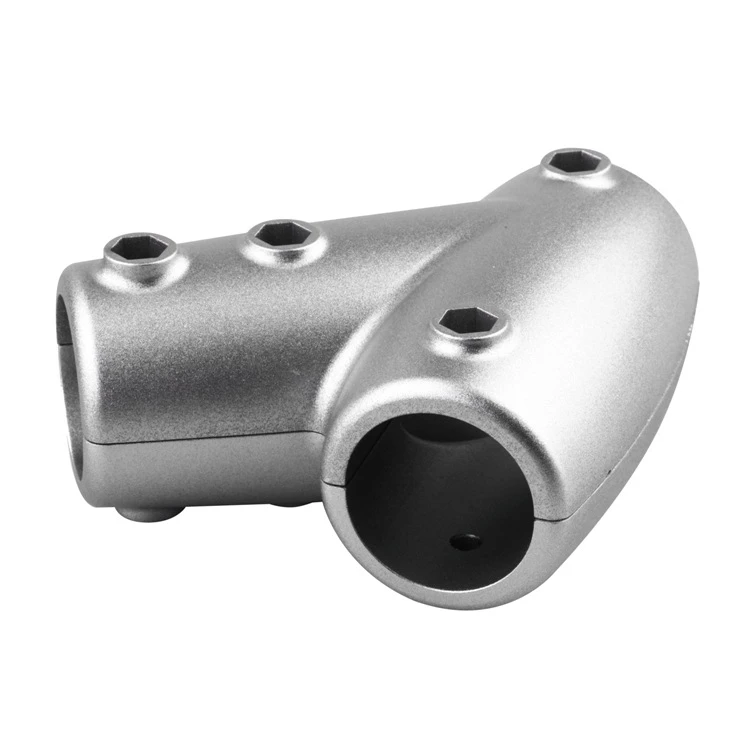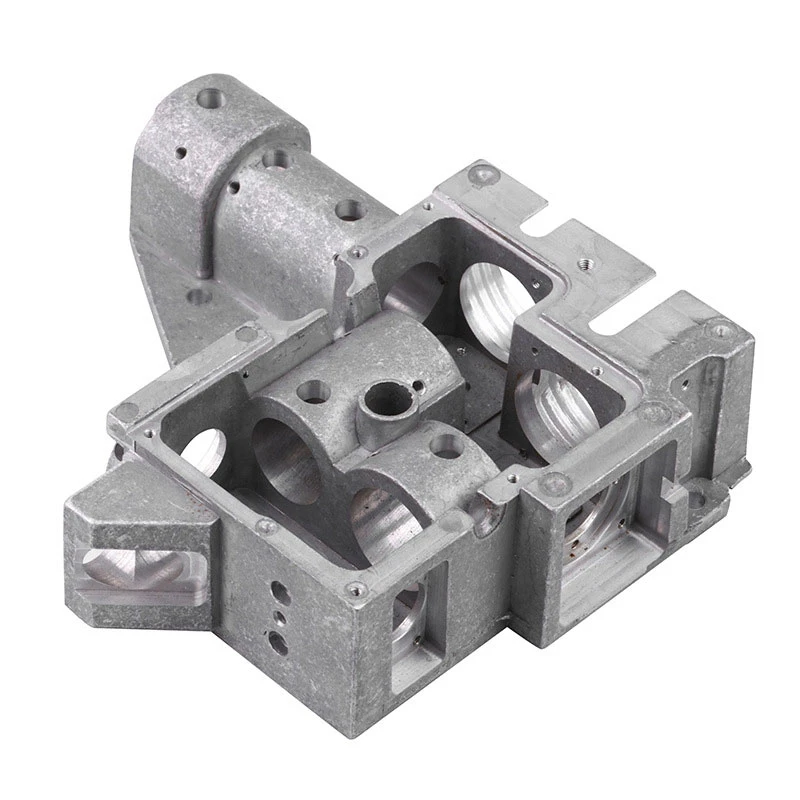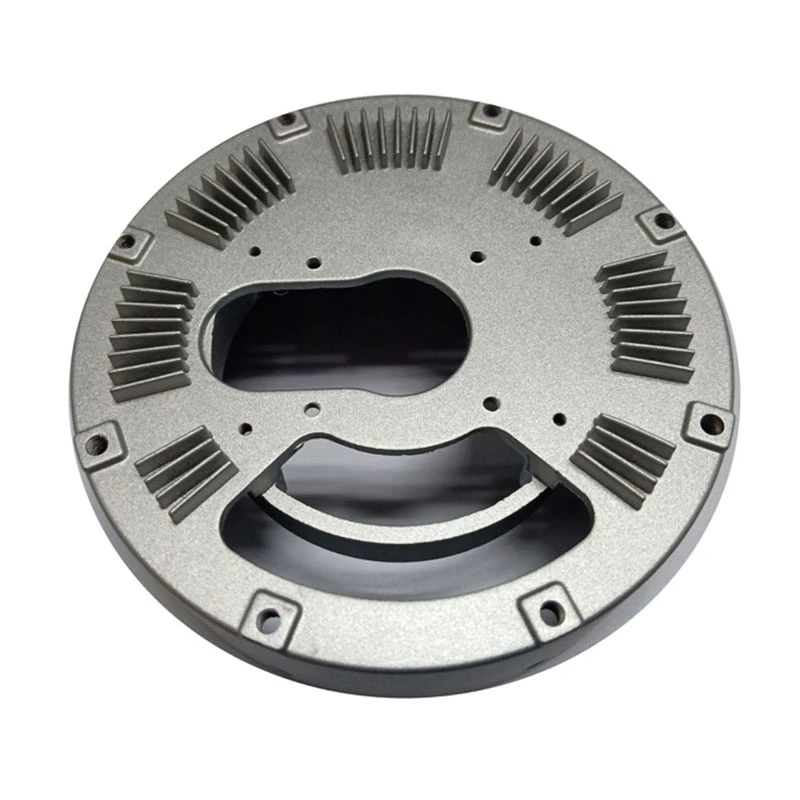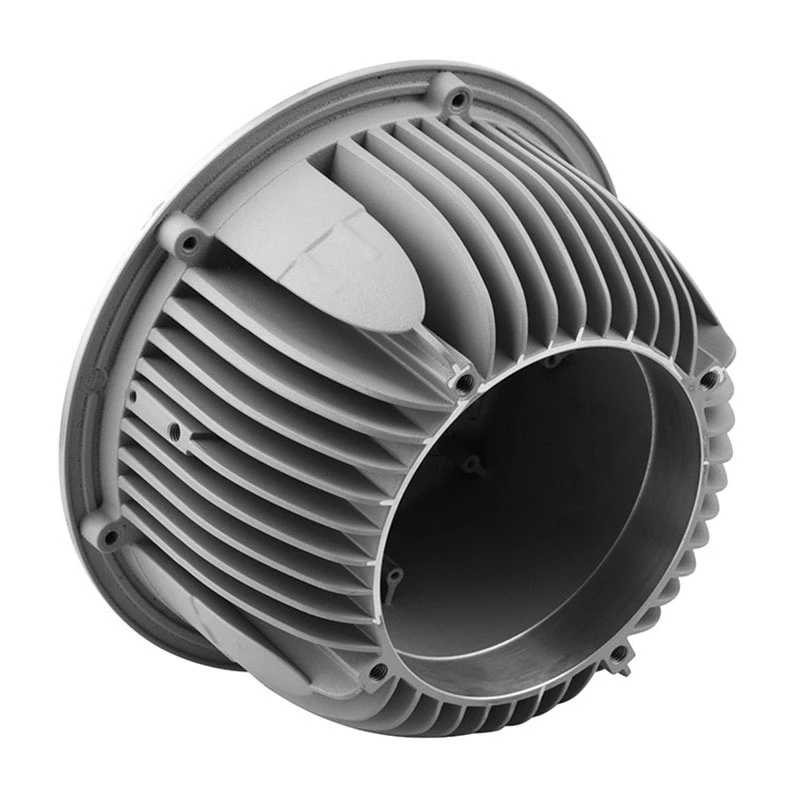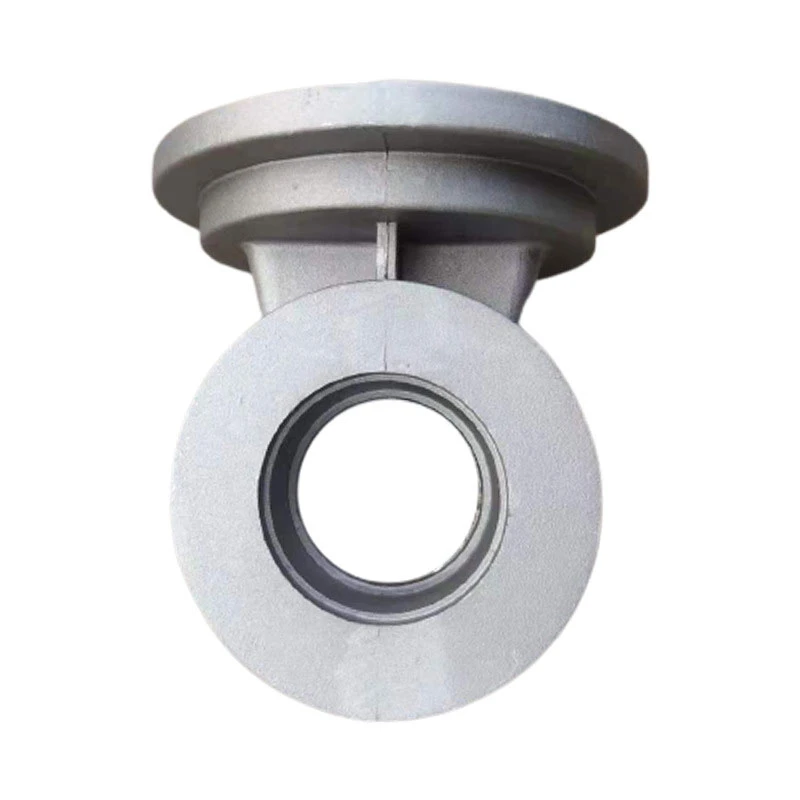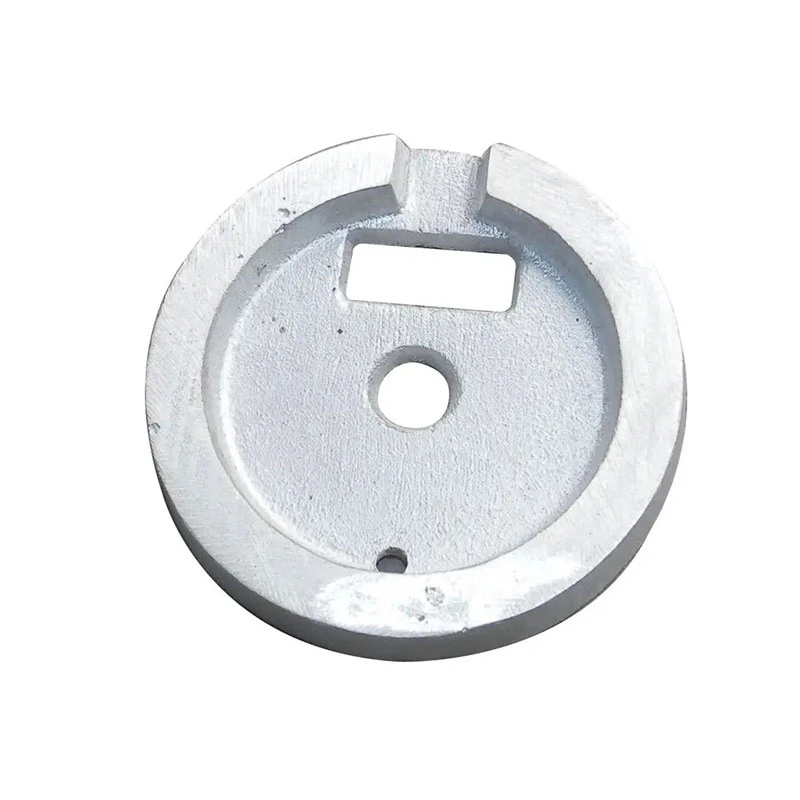Aluminium Pressure Die Casting High-Precision & Durable Solutions for Complex Parts
- Introduction to aluminium pressure die casting
and its significance - Overview of the aluminium high pressure die casting process
- Technical advantages and key material properties
- Comparison of leading manufacturers and performance data
- Customization solutions for diverse industrial needs
- Real-world application cases using aluminium pressure die casting products
- Conclusion: Market outlook and future of aluminium pressure die casting

(aluminium pressure die casting)
Understanding the Aluminium Pressure Die Casting Landscape
Aluminium pressure die casting is a transformative manufacturing process delivering vital components across numerous industries. It involves forcing molten aluminium into precisely machined steel dies under high pressure, yielding dimensionally consistent, high-strength parts. The use of aluminium alloys in high pressure die casting (HPDC) ensures low density and exceptional corrosion resistance. In 2023, global aluminium pressure die casting revenues surpassed USD 15 billion, driven by expanding demand for lightweight and robust automotive, aerospace, and electronic components. The method’s ability to produce intricate, near-net-shape products with excellent surface finish and structural integrity underscores its industrial significance. With increasing emphasis on energy efficiency and environmental sustainability, aluminium’s recyclability adds further value to the overall die casting proposition.
Core Concepts of the Aluminium High Pressure Die Casting Process
The aluminium high pressure die casting process is defined by several key stages: melting, injection, solidification, and ejection. Initially, aluminium ingots are melted in a furnace and maintained at temperatures between 660–700°C. The molten metal is then swiftly injected into steel dies at pressures ranging from 1,000 to 20,000 psi, ensuring rapid filling of complex cavity geometries. Cycle times typically last between 30 to 60 seconds per shot, substantially reducing manufacturing lead times. Once the aluminium rapidly solidifies, the die opens, and ejector pins push out the finished casting. This process allows for tight dimensional tolerances (±0.1 mm), thin wall sections (down to 1 mm), and exceptional repeatability. Advanced cooling channels and precise thermal controls further optimize metallurgical microstructures, elevating both the mechanical performance and aesthetic quality of finished aluminium pressure die casting products.
Technical Advantages and Superior Material Properties
Aluminium pressure die casting products are distinguished by a unique blend of mechanical strength, light weight, and corrosion resistance. Compared to gravity casting or sand casting, HPDC achieves 30–50% higher production rates and up to 25% cost savings per part. Typical aluminium die castings (using alloys such as A380 and ADC12) exhibit tensile strengths from 310–460 MPa and elongations up to 8%. Additional advantages include outstanding thermal conductivity (120–180 W/mK), high electrical conductivity, and excellent machinability. Rigorous metallurgical controls and vacuum-assisted casting technology now enable the formation of defect-free, low-porosity products ideal for high-pressure hydraulics and critical engine components. In terms of environmental sustainability, aluminium die casting enjoys a closed-loop recycling rate above 95%, minimizing material waste and lowering carbon emissions relative to alternative metallic processes.
Leading Manufacturer Comparison and Performance Metrics
When selecting a die casting partner, evaluating technical capability, dimensional consistency, and economic competitiveness is crucial. Below is a comparative table of three prominent global manufacturers specializing in aluminium pressure die casting, focusing on core process parameters and output quality:
| Manufacturer | Max Shot Weight (kg) | Annual Capacity (tons) | Cycle Time (seconds) | Minimum Wall Thickness (mm) | Process Automation (%) | Average Reject Rate (%) |
|---|---|---|---|---|---|---|
| GF Casting Solutions (Switzerland) | 12 | 125,000 | 38 | 1.1 | 92 | 1.8 |
| Dynacast (USA) | 8 | 87,000 | 42 | 1.3 | 88 | 2.3 |
| Endurance Technologies (India) | 6 | 56,000 | 50 | 1.5 | 78 | 2.7 |
As evidenced, GF Casting Solutions leads in automation and reject rate, while Dynacast provides broader North American presence, and Endurance offers competitive pricing for automotive components. Each vendor tailors its process excellence, so alignment with end-product requirements (e.g., microstructure, tolerance, volume) is essential during supplier selection.
Tailored Customization: Meeting Diverse Requirements
The versatility of aluminium pressure die casting empowers manufacturers to address unique application demands via tailored design and engineering. Die construction can be customized for multi-cavity, complex undercuts, or integrated cooling features to optimize production throughput and component quality. Product design flexibility includes logos, textures, and detailed surface engravings within the casting itself, reducing secondary machining operations. Integration of simulation-driven mould flow analysis ensures uniform cavity filling, diminishes porosity risk, and helps achieve wall thickness reductions up to 20% compared to traditional methods. Moreover, post-casting operations such as CNC machining, shot blasting, powder coating, and robotic assembly provide customers with end-to-end turn-key solutions. These customization capabilities maximize value, reduce time-to-market, and enable OEMs to rapidly iterate product generations with technological confidence.
Applications and Case Studies of Aluminium Pressure Die Casting Products
Aluminium pressure die casting products are foundational in sectors where weight reduction, thermal management, and cost-effective mass production are mission critical. For instance, in the automotive industry, over 60% of electric vehicle (EV) motor housings and battery trays are now produced via HPDC, yielding weight reductions of 30–50% when compared to steel counterparts. In consumer electronics, manufacturers use HPDC for enclosures and heat sinks, enabling compact, thermally stable devices with complex geometries. Aerospace applications leverage the high fatigue strength and dimensional stability of aluminium die cast parts for structural brackets and instrumentation housings. Case study: A leading EV brand decreased assembly labor by 18% and eliminated 17 weld points by shifting to a unified aluminium high pressure die casting for its rear chassis, demonstrating process-driven efficiency gains. Industrial machinery and renewable energy equipment further utilize HPDC for surfaces requiring consistent dielectric and thermal properties, proving its cross-market flexibility.
The Evolving Outlook of Aluminium Pressure Die Casting
As industries pursue lightweight, high-performance, and sustainable solutions, the aluminium pressure die casting market continues to evolve. Technological advancements such as digital process monitoring, AI-driven defect prediction, and additive manufacturing for rapid prototyping are redefining both efficiency and product complexity. The shift towards e-mobility, 5G technology, and green energy infrastructure offers substantial growth opportunities for aluminium pressure die casting products worldwide. Forecasts project an annual growth rate of 7.1% for the sector through 2030, underscoring robust market demand. With increasing legislative pressure toward recyclable materials and carbon footprint reduction, aluminium HPDC stands uniquely positioned as a foundation for next-generation manufacturing. Industry leaders and newcomers alike are investing in process optimization, eco-friendly alloys, and high-throughput automation, consolidating the future potential of the aluminium pressure die casting industry.
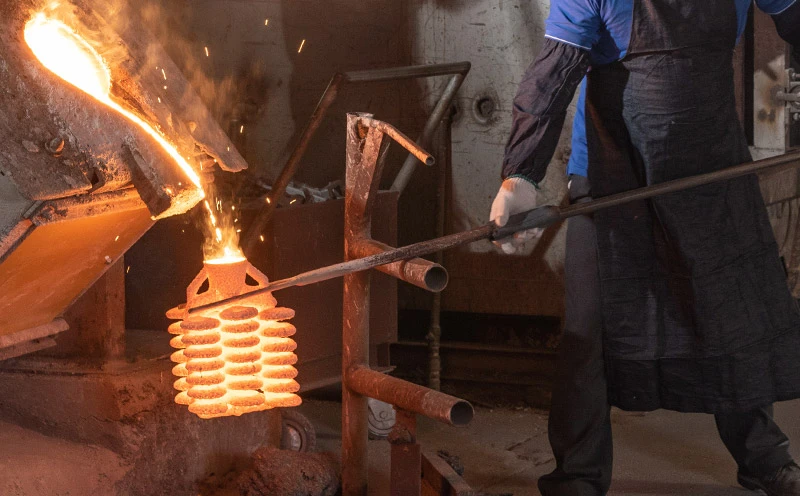
(aluminium pressure die casting)
FAQS on aluminium pressure die casting
Q: What is aluminium pressure die casting?
A: Aluminium pressure die casting is a manufacturing process where molten aluminium is injected into a steel mould under high pressure. This results in precise and complex metal parts. It is widely used for mass production in many industries.Q: How does the aluminium high pressure die casting process work?
A: The process involves forcing molten aluminium into a die cavity at high pressure and speed. The metal solidifies quickly to form the final product shape. This method allows for high accuracy and smooth surface finishes.Q: What are typical aluminium pressure die casting products?
A: Common products include automotive parts, electronic housings, and industrial components. These products benefit from aluminium's lightweight and durable properties. The process is ideal for producing large volumes of consistent, high-quality items.Q: What are the main advantages of aluminium pressure die casting?
A: Key advantages include excellent dimensional accuracy, high production efficiency, and reduced material waste. The process also supports complex shapes and fine details. Additionally, cast parts can have superior mechanical properties.Q: Is aluminium pressure die casting suitable for small-batch production?
A: While possible, aluminium pressure die casting is most cost-effective for high-volume production. The initial tooling investment is significant. For small batches, alternative methods like sand casting may be preferable.-
Top Aluminum Sand Castings Manufacturer – Precision Green Sand Castings for Industrial NeedsNewsJul.08,2025
-
Precision Lost Wax Casting Quotes – High Accuracy Custom Parts Lost Wax Precision Casting ServicesNewsJul.07,2025
-
High-Quality Sand Used for Casting - Superior Sand for Sand Casting ProcessesNewsJul.07,2025
-
China Supply High End Metal Stamping Parts Sino - Precision Manufacturing FactoryNewsJul.06,2025
-
High-Quality Automotive Investment Casting Services Precision & Sand Casting SolutionsNewsJul.06,2025








